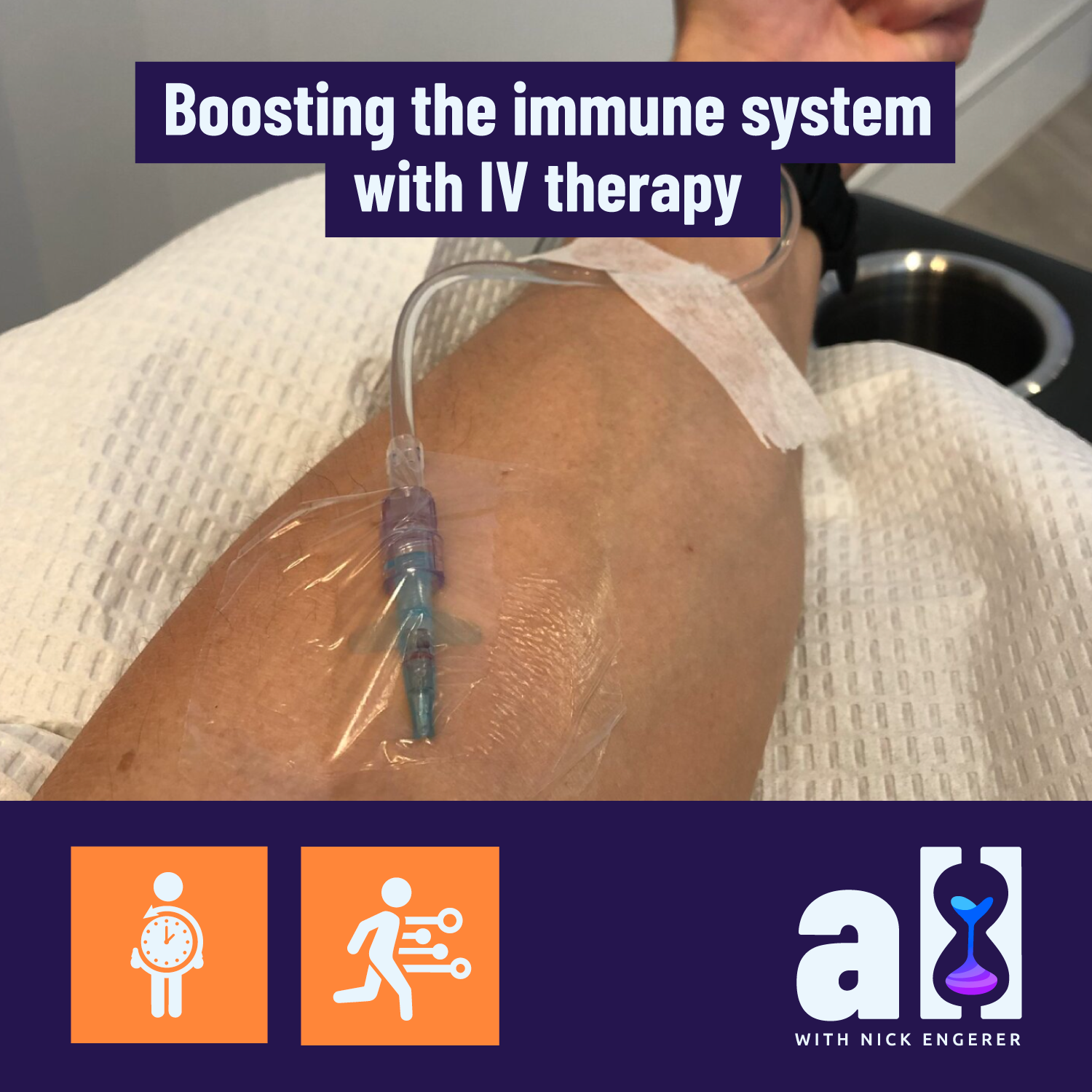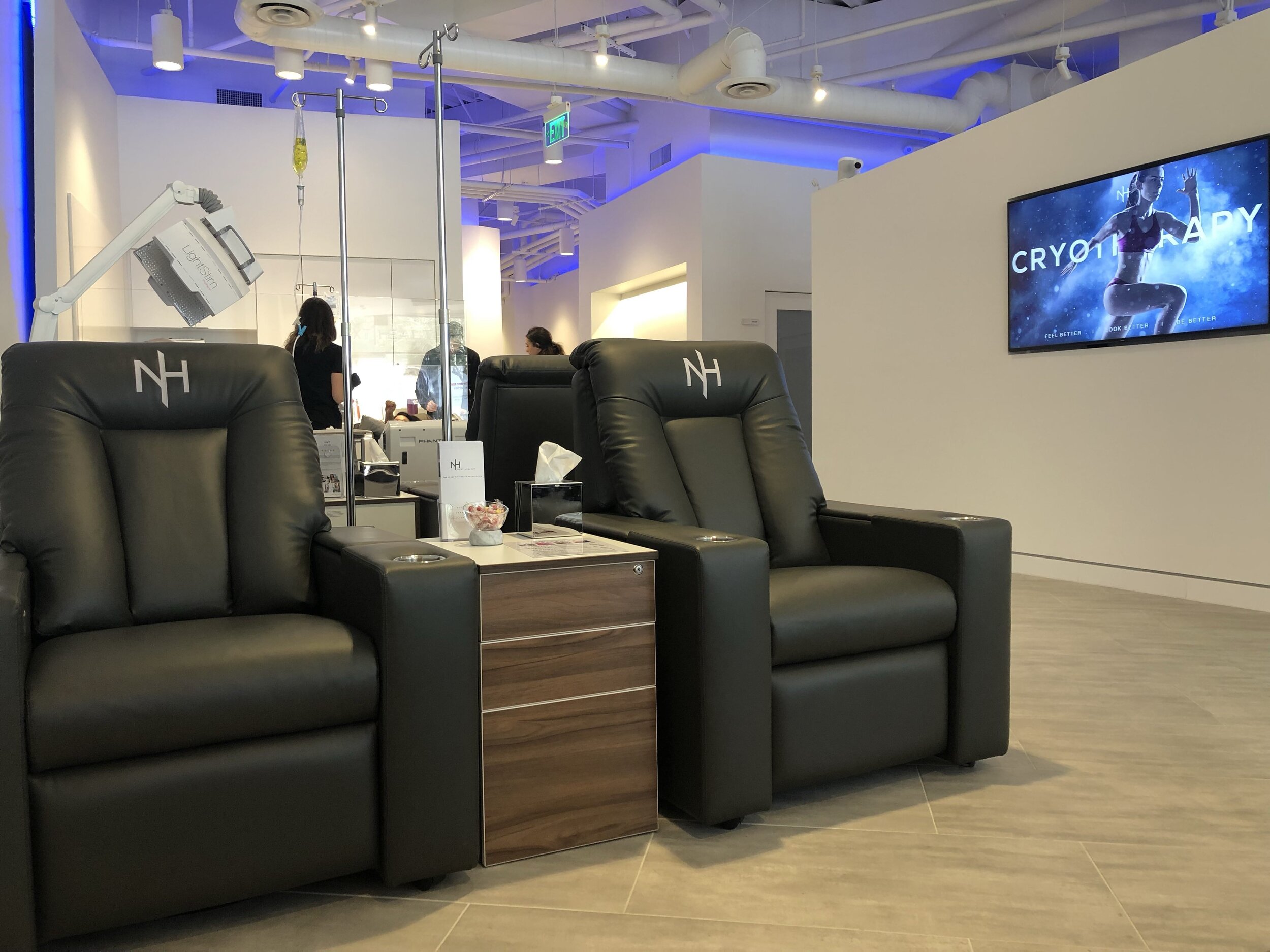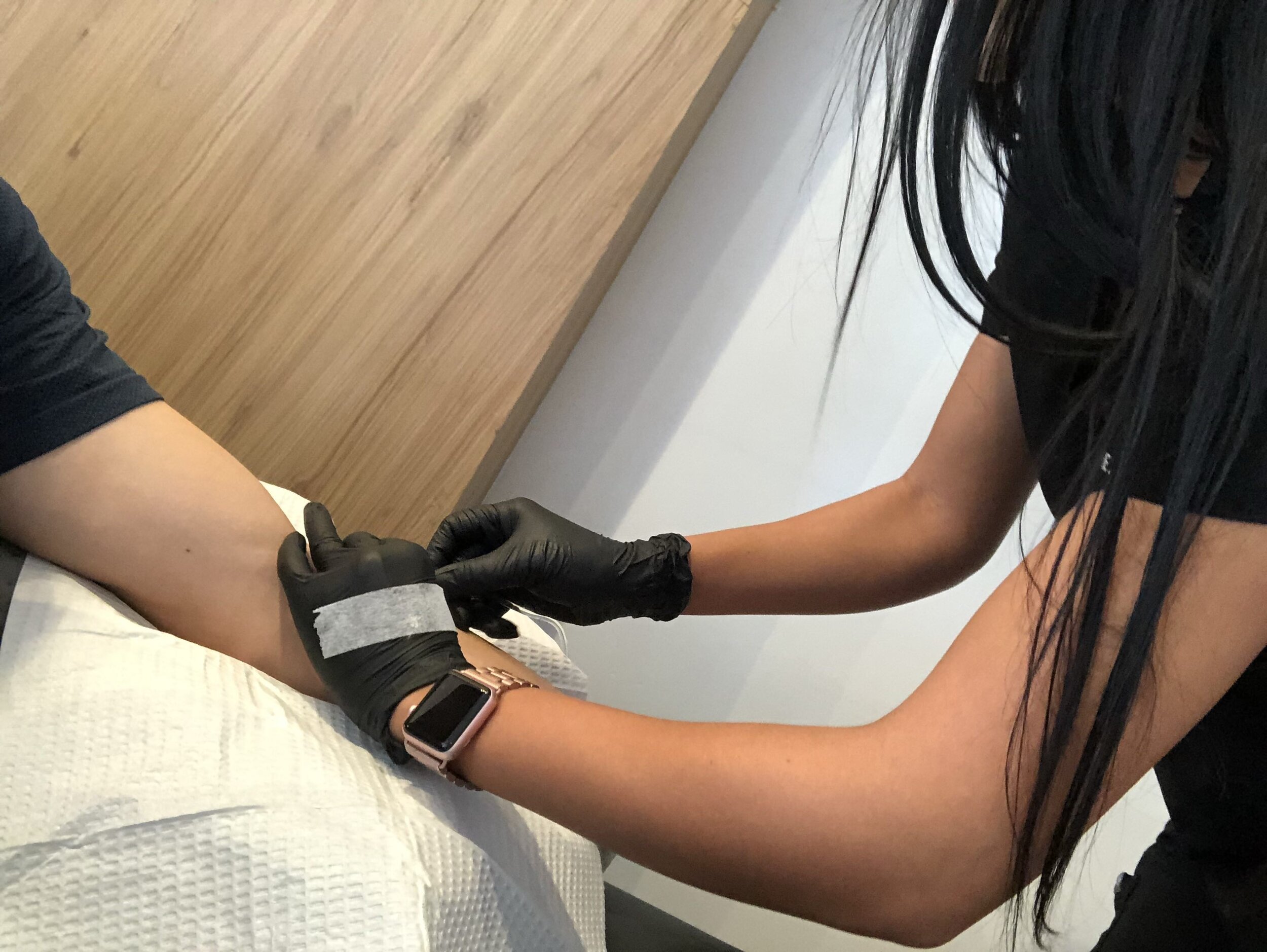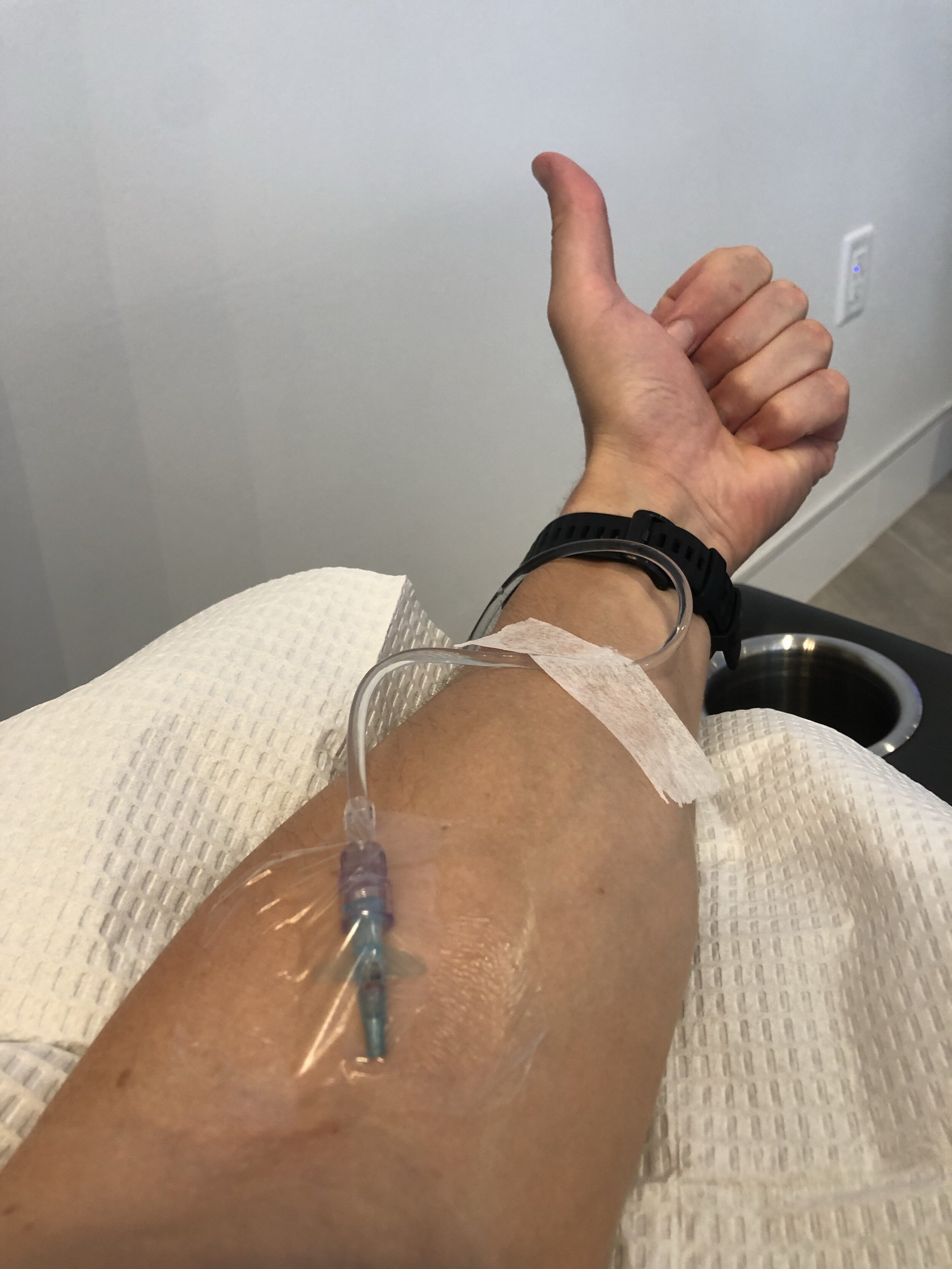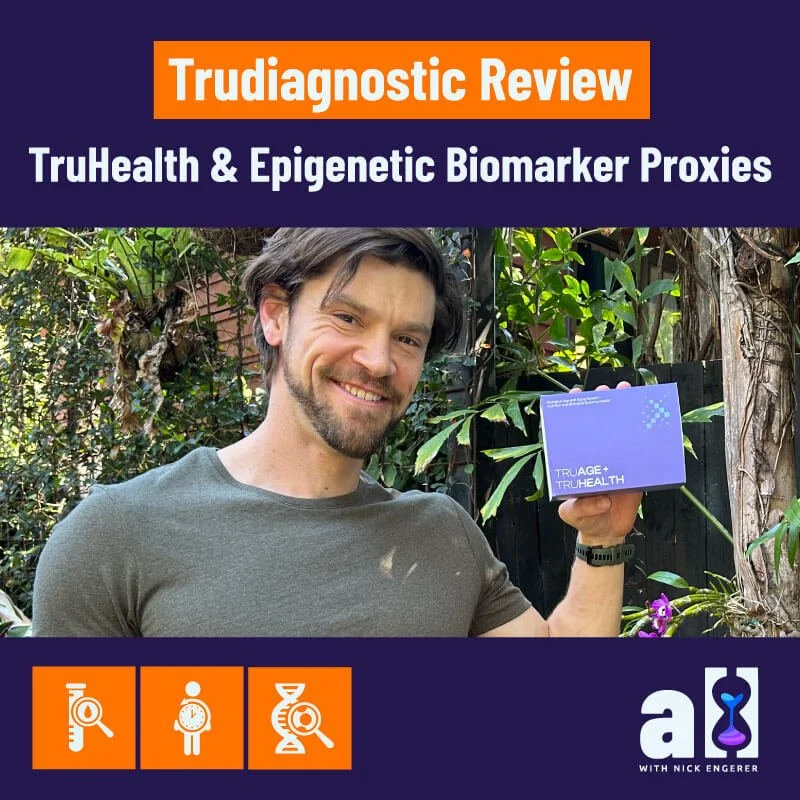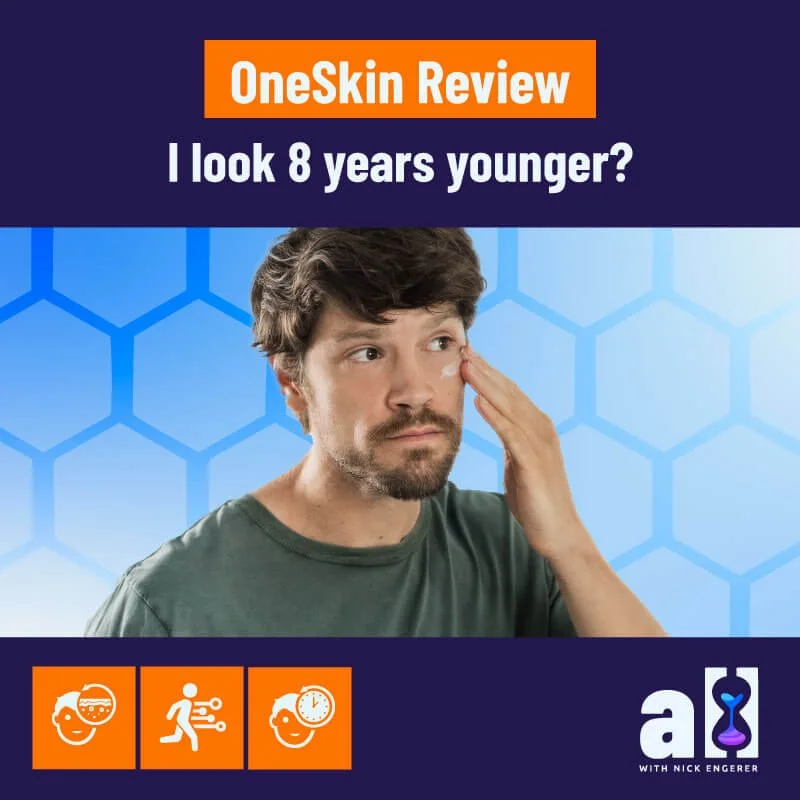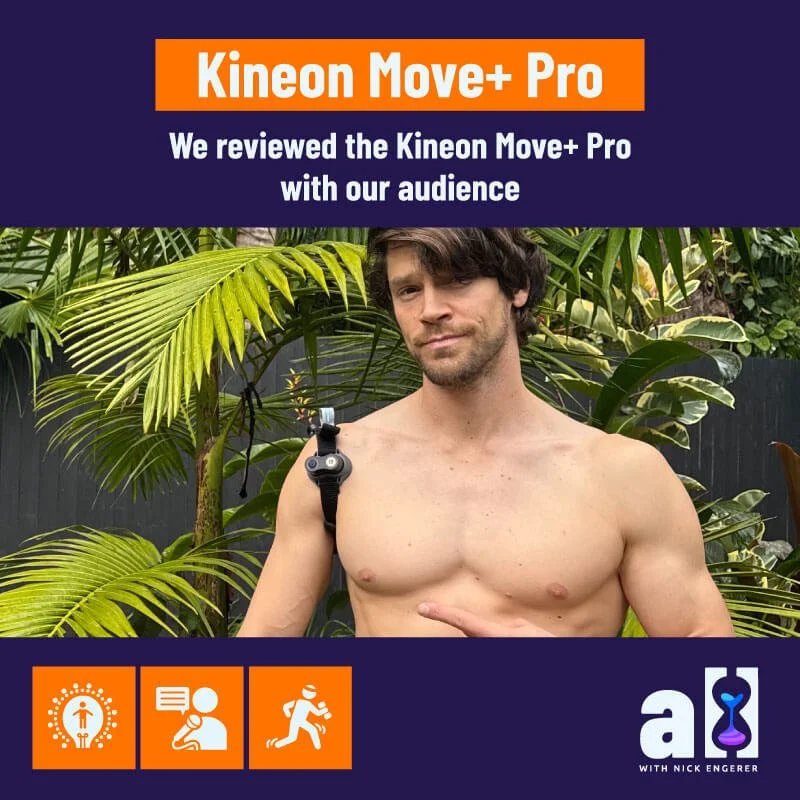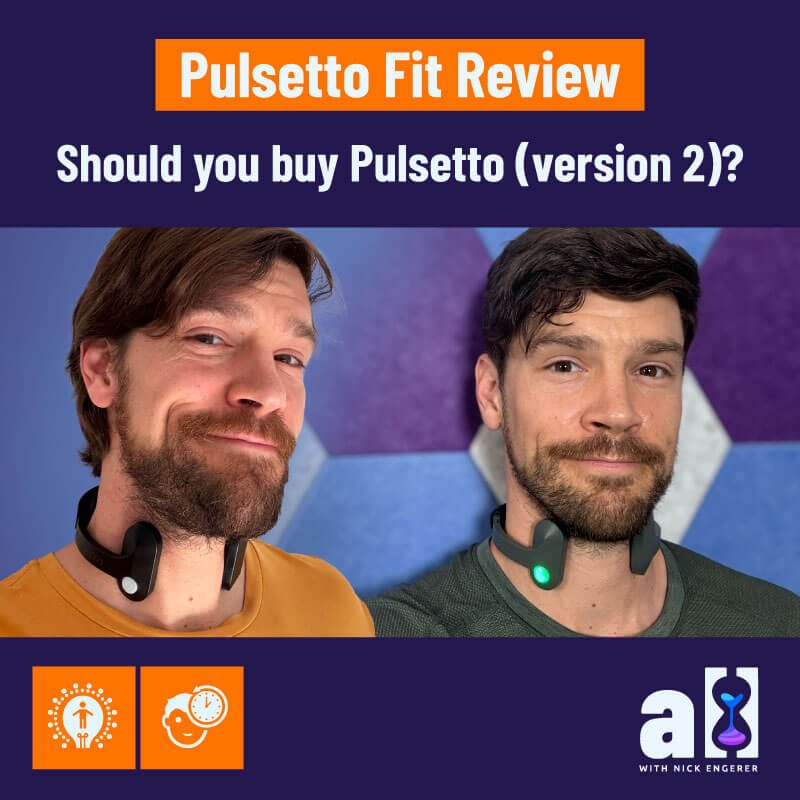Boosting the immune system with IV therapy - Does it help?
Amidst a global COVID-19 Crisis, immunity is on our mind
In this post I’ll cover:
The basics of IV therapy
An experiment I ran with an immune boosting IV therapy
White blood cell blood tests
Review of the data I collected
Making the best conclusion we can on the value of IV therapy based on the data collected
It just so happens, I recently ran an experiment with immune IV therapy to answer - is an immune boosting IV treatment worth it?
A quick video sharing the experience of getting an IV therapy at NextHealth in West Hollywood
Most of us have had an IV in our lifetime. They are exceptionally helpful for delivering hydration and electrolytes to patients in-hospital. IV stands for ‘intravenous’, as they function via the insertion of a sterile catheter into the vein (most commonly in the arm or wrist). Sometimes, in addition to hydration, they are used as a method of ‘infusion therapy’ where, for example, medication is delivered intravenously.
Traditionally, IVs were only delivered in hospitals, but then after a time, shifted to outpatient clinics, and now are populating health & wellness centres around the world. Chances are, if you Google for an “IV clinic" in the US, Australia or Europe - you’ll find one near you! In each instance, a trained nurse is the most likely the person who will insert the catheter and set-up the infusion treatment.
IV therapy at NextHealth - Super immune
I recently undertook my first ever IV therapy (outside of a hospital) at NextHealth in West Hollywood, Los Angeles. After undergoing a micronutrient test to inform my selection of treatment, I settled on trying out the Super Immune IV therapy. My motivation for this was that on my previous long-haul roundtrip from Sydney to Los Angeles, I became quite ill upon return. So this IV therapy caught my interest during a following roundtrip Sydney-LA about 2 months later.
Super immune IV - the claim
The Super Immune IV claims to ‘supercharge’ the immune system with Vitamin C, Magnesium and Vitamin B5 plus Selenium, Taurine, and L-lysine. I took a photo of the information NextHealth provided to me on the contents & benefits of the treatment.
Forming a hypothesis: Immune IV Therapy - Does it work?
Now, being the biohacker enthusiast I am, I naturally decided to undertake an experiment in order to try to measure the impact the Super Immune IV therapy had on my immune system. With any good experiment, we must form a hypothesis, design a framework for testing it, collect relevant data, analyse these data and form a conclusion. So let’s start with - what was the hypothesis?
Hypothesis: the Super Immune IV will measurably boost my immune system and keep me from getting sick during my international travel
The Experiment: Two long haul roundtrip flights from Sydney to Los Angeles
As I mentioned above, I completed two long-haul, roundtrip flights from Sydney to LA. Both lasting 7-8 days. The first was in November 2019 (Trip #1) and the second was in January 2020 (Trip #2). During both trips, within 4 days of the first flight, I completed a comprehensive panel of blood tests (one at NextHealth, one at the Health Nucleus). Trip #1 had no Immune IV. Trip #2 had an Immune IV therapy on Day 2 of the trip (3 days prior to the trip’s blood test).
 |
There are many factors that could influence the results of this experiment, but as with nearly every biohacker experiment this is always the case. In fact, it is a fundamental limitation of running self-experiments that they cannot be perfectly controlled due to the sheer complexity of our biology and its interaction with our environment. This doesn’t mean one should not do their best to provide a controlled environment! It just means we need to mindfully interpret the results of the experiment.
However, I took a number of measures to provide the best control possible. Diet was unchanged. Sleep was very similar on both trips, with ~7 hours of relatively poor sleep on the flight over (according to sleep tracking data). I also employed the same jet lag adjustment strategy that I have developed on both trips. Neither had more than 1 glass of alcohol (wine) intake within 2 days of the blood tests. Both had moderate levels of exercise (plenty of walking, some light running).
Caption: Step 1: Chill in sweet chairs. Step 2: Get your arm warmed up. Step 3: Get skilfully stuck. Step 4: Pump in the goodness! Step 5: Relax! (It takes about 30 minutes)
Understanding the data points
For the layperson, there is a need for us to first dive into what the data I plan to share represents. The same data was collected for both Trip #1 and Trip #2.
White blood cell count (WBC)
White blood cell count (WBC) represents the total number of leukocytes in a volume of blood. Leukocyte is just fancier way of saying white blood cell, which are the cells of the immune system that protect us from infectious disease and foreign material (e.g. toxins, allergens).
If WBC count falls below the standard reference range of 4k/uL, this signals that the supply of white blood cells has been depleted. This is most commonly caused by an infection, but can also be the result of chemotherapy or radiation treatment (hence why many cancer patients have compromised immunity). If you are noticeably fighting a viral or bacterial infection, it is likely your WBC will fall below this value, before rebounding as your immune system ramps up.
A selection of white blood cell types. Source: unknown
White blood cell differential
Whereas the WBC represents the total number of white blood cells present per unit of blood, the differential blood count provides a breakdown of each type of white blood cell. This is most commonly used in medicine to search for any abnormalities in the overall populations. Differentials can be useful in the diagnosis of infectious disease, allergic reactions and during monitoring for adverse impacts from certain drugs (e.g. cytotoxic ones used in the treatment of cancer).
There are many excellent sources of information on the ‘basics’, and in my background research I found Medscape to be a particularly useful source.
Neutrophils - the most common type. Neutrophils function by travelling to the site of an infection to release enzymes to ward off viruses or bacteria which are invading the body
Lymphocytes. These search and destroy machines breakdown into two types:
B-cells fight exogenous (those coming from outside the body) bacteria, viruses or toxins.
T-cells target the body’s native cells in the case that they become infected by a virus or those that become cancerous.
Monocytes remove foreign material, remove dead cells, and boost the body's immune response.
Eosinophils fight infection, inflammation, and allergic reactions. They also defend the body against parasites and bacteria.
Basophils release enzymes to help control allergic reactions and asthma attacks.
This is a heap of new information for most us, so here are few key take-aways for understanding the upcoming results and discussion:
A fall in WBC below the reference range of 4k/uL is:
indicative of an infection (in my case on Trip #1, a respiratory virus)
most often due to depletion of the neutrophils who are ravelling to the site of an infection as first responders
The standard reference range expects neutrophil count to be greater than 1.5x10E6/uL; for me, a value of ~2.4x10E6/uL is baseline.
Interpreting the results
In addition to the two WBC and differentials tests I had performed in November 2019 (Trip #1) and January 2020 (Trip #2), I have also included data from May and August 2018, to provide baseline measurements. During both of these baseline measurements I was healthy and without an immune system compromise.
White Blood Cell Count (left-hand axis) and White Blood Cell Differential (right-hand-axis) over four blood tests. Trip #1 data is “Nov-19”, where I became unwell. Trip #2 data is “Jan-20” where I received the Super Immune IV therapy at NextHealth.
From the provided chart, a few observations can be drawn
Baseline values for WBC and differentials are steady (May-18, August-18), evidence of a good set of control data
There is a clear drop in WBC, Neutrophil and Monocytes in Nov-19 (Trip #1)
Trip #1 WBC values fall below the reference range values, indicative of the viral infection
Trip #2 Neutrophil values are about 15% below baseline
Trip #2 WBC, Lymphocyte, Basophil values are in-line with the baseline values
Trip #2 Eosinophils are 3.5-4x baseline value
Interpreting these results is complex, but given my unique perspective as the experimenter, I offer the following supplementary information and observations.
WBC which is indicative of the overall immune system’s robustness are higher during Trip #2 than in Trip #1
Neutrophil count during Trip #2 is not in-line with baseline, suggesting it is possible that my immune system was being challenged, but not overcome (as is expected during international travel)
The increase in Eosinophil (Eos) count in Trip #2 is probably best explained by my legs being covered in angry red scrapes from a trail run where I got lost and had to scramble through bracken fern two days prior to my drip (ouch!). Recall from the above these white blood cells fight inflammation and allergens (those angry red scrapes!).
Point #3 suggest that there would be a downward revision of WBC to approximately 4.7k/uL for the purposes of comparing it to baseline and Trip #1 (adjusting WBC to not have the cofounding signal from the Eos elevation). This still leaves the WBC similar to the baseline values of 4.9 and 4.8 k/uL.
Discussion: Does the data support getting an Immune IV treatment?
So, let us return to the hypothesis - that my intake of an IV immune therapy would measurably improve my immune system during my long-haul flight and international travel and I would not get sick.
We so far have discussed one primary source of data and analysed it in this context. Overall, based on my ranges of 'normal' from my historical blood tests, the results after my NextHealth Immune IV, and Trip #1 where I became ill from the travel, it does appear there was a measurable improvement in my immune function on Trip #2.
While not perfect, I choose to wear a facemask whenever I travel through airports. These are not guaranteed to provide effective protection from contagious disease, and are advised against by some medical experts. It is my personal opinion that they do provide some measure of protection when compared to not wearing one.
However, this it is difficult to make the conclusion that the Immune IV kept me from getting sick with high confidence. I could have simply picked up a particularly nasty virus on the way to/from LA on Trip #1 and not on Trip #2. In this scenario, the Immune IV treatment could arguably have little to do with the outcome or any of the apparently measurable difference between the two.
Instead, I offer that it is more valuable to draw a different category of conclusion on the subject of whether the Super Immune IV is worth it. To do so, we need to return to both (a) the fundamentals of international travel, (b) the outcome I desired (to not get sick) and (c) the value of the outcome versus the cost.
With respect to (a), it is known that getting poor sleep, experiencing timezone changes, and being exposed to numerous pathogens (in the airport, in the airplane) undoubtedly challenges the immune system. It is commonly accepted that one should take action to protect themselves when travelling for these reasons.
Secondly, and in my view, more importantly, (b) - I did not get sick on Trip #2, which is the outcome I desired. Becoming ill on return after Trip #1 was miserable, cost me time at work, and put my family and friends at risk of contracting the pathogen I was carrying.
The overall conclusion: Immune IV therapy is worth it (for me)
Given the experiment, data and resulting discussion, I offer the following conclusions:
1) It is completely possible and perhaps probable the Immune IV therapy boosted my immune system and kept me from getting sick on Trip #2
2) Getting an immune IV therapy is an appropriate risk management, strategy for international travel
This latter conclusion is based on the principles of risk management, where one weighs the nastiness of the outcome against the cost of managing the risk. In this context (c), I’d argue the IV treatment to be well worth it at $189USD.
As an outcome from this experiment, my personal choice will be to continue to drop into NextHealth on my long-haul trips to the United States and get that IV goodness dripped into my vein! If you’re a travelling businessperson with similar level of resources (IV treatments are relatively affordable to you) and level of risk (becoming unwell is quite costly), you would likely also benefit from partaking in immune boosting IV therapies.
I’ll be sure to collect additional WBC and differentials data on my next trip to the US and post a follow-up blog to accompany this one. Be sure to subscribe to be notified when I do!


